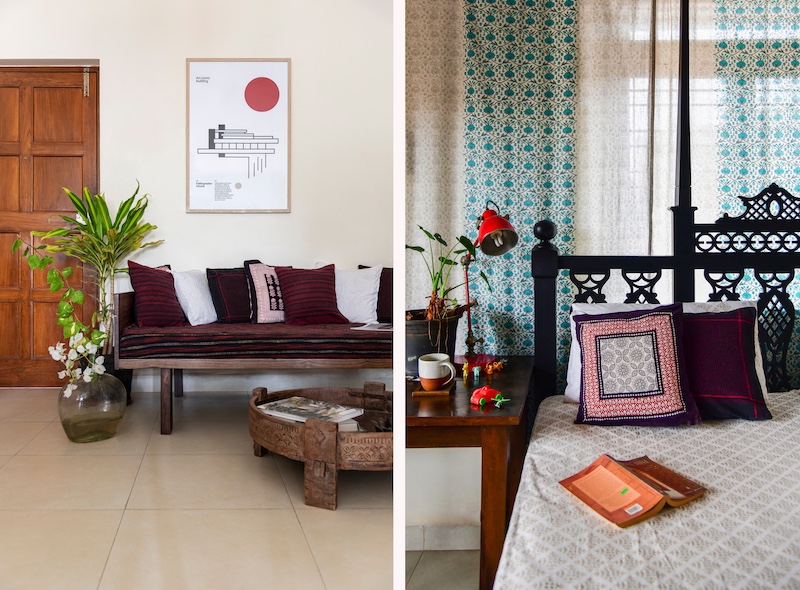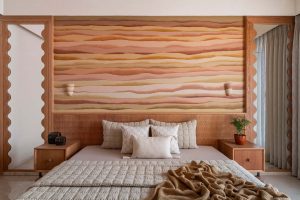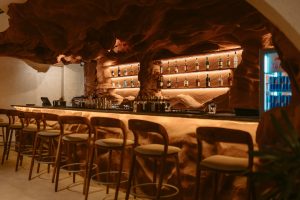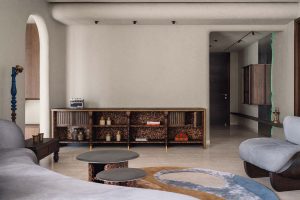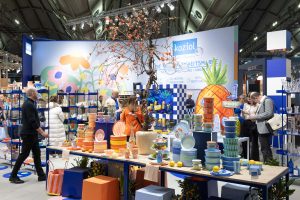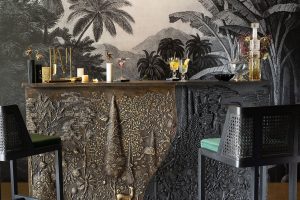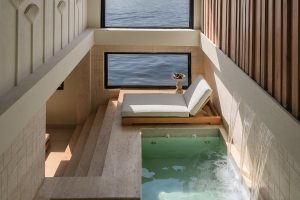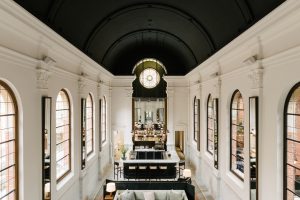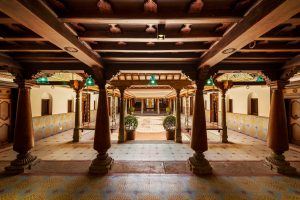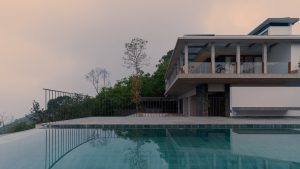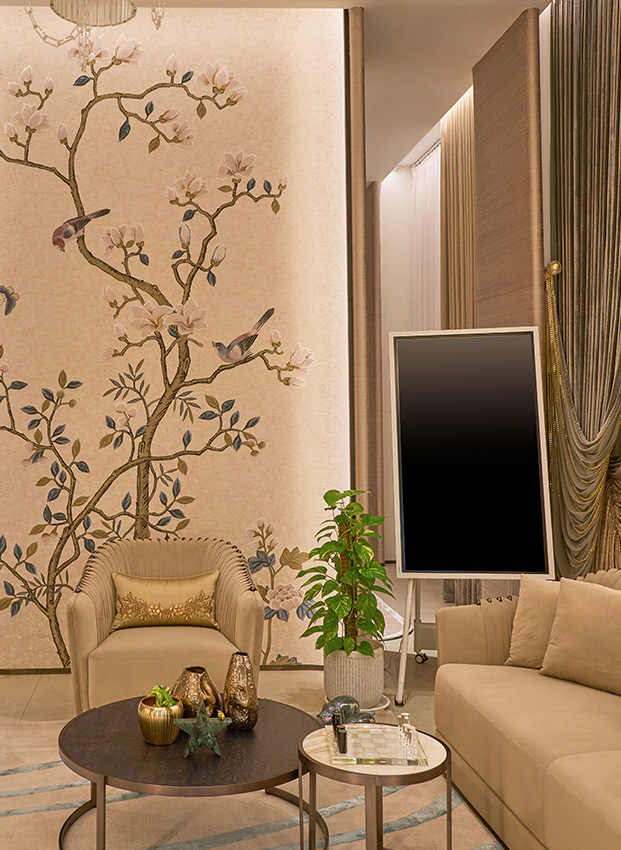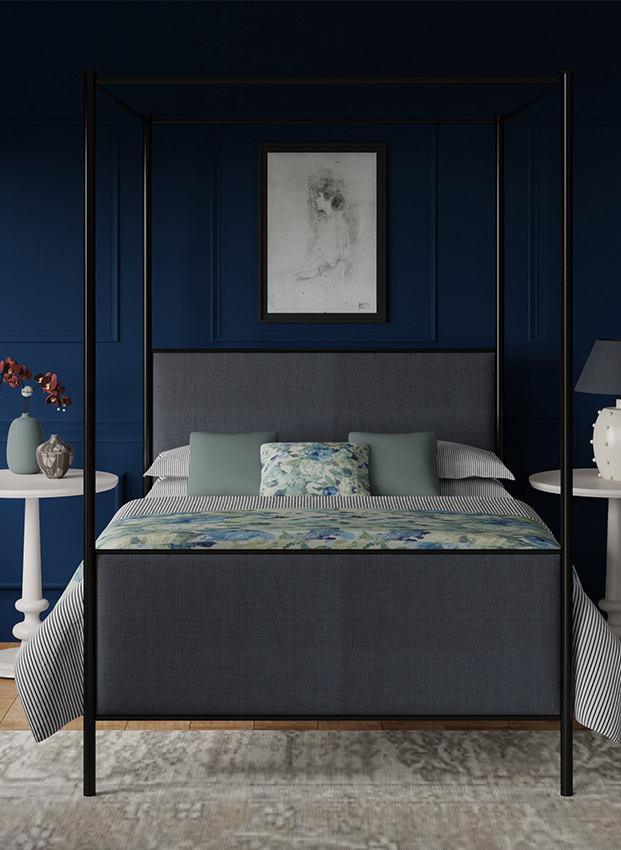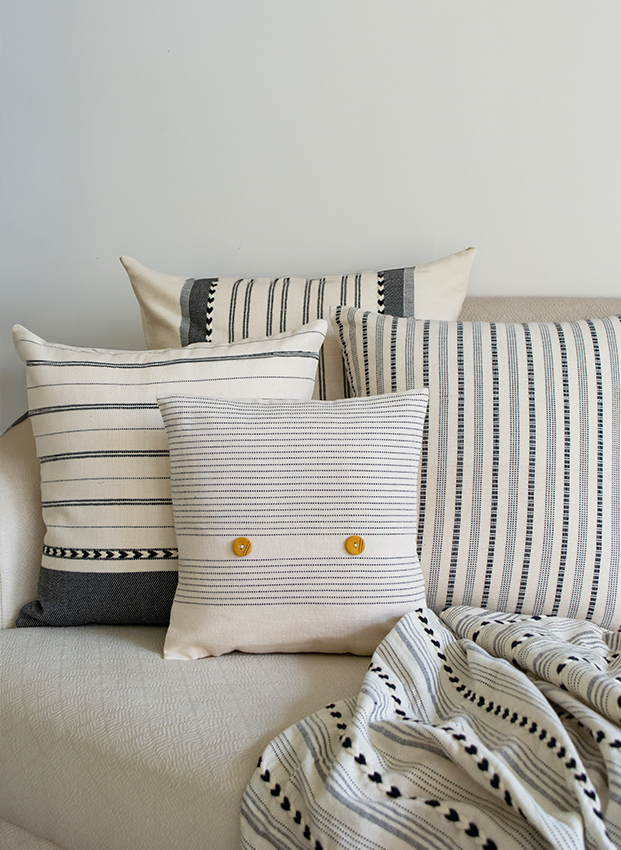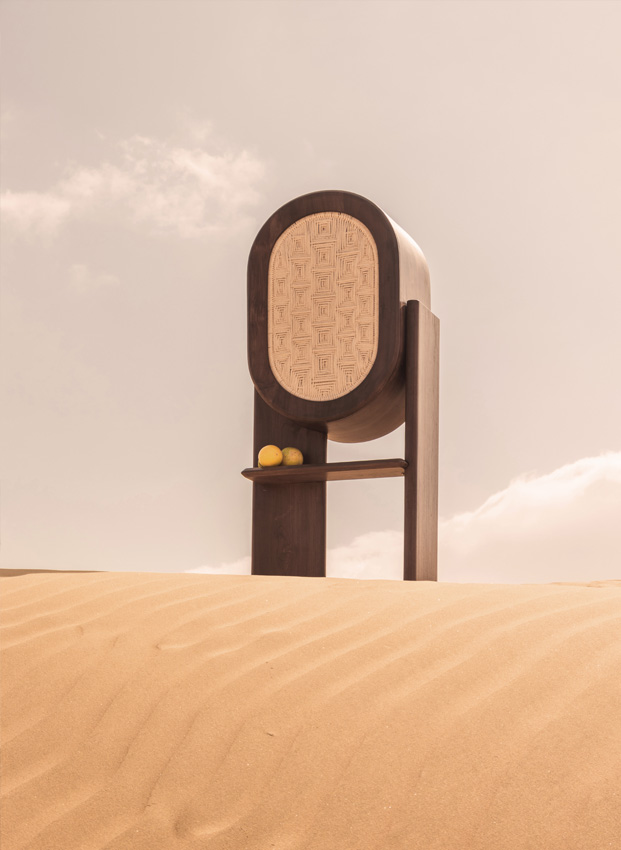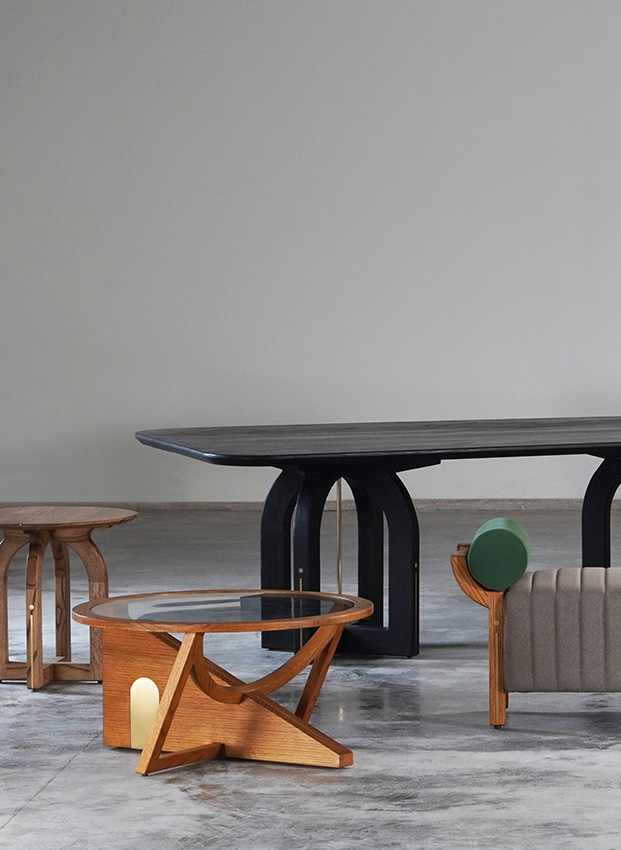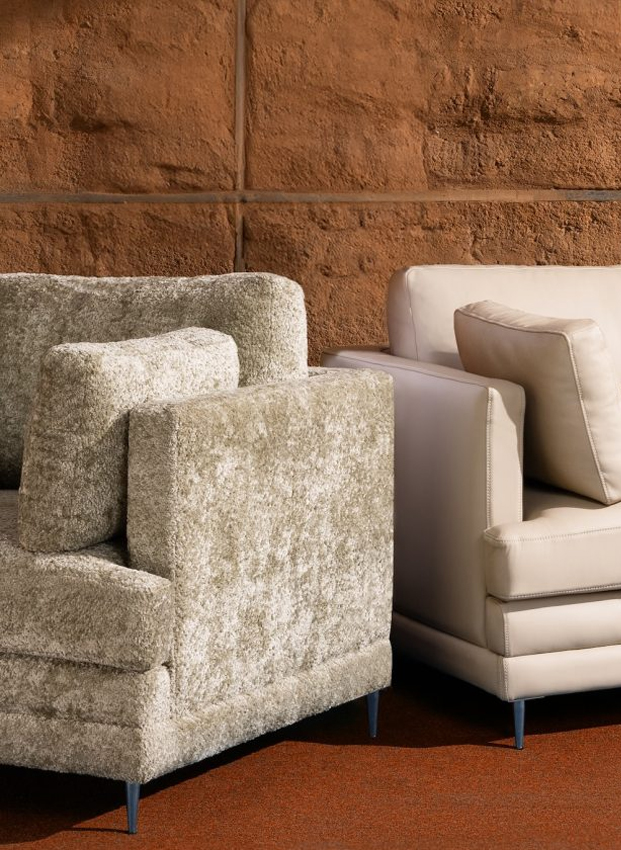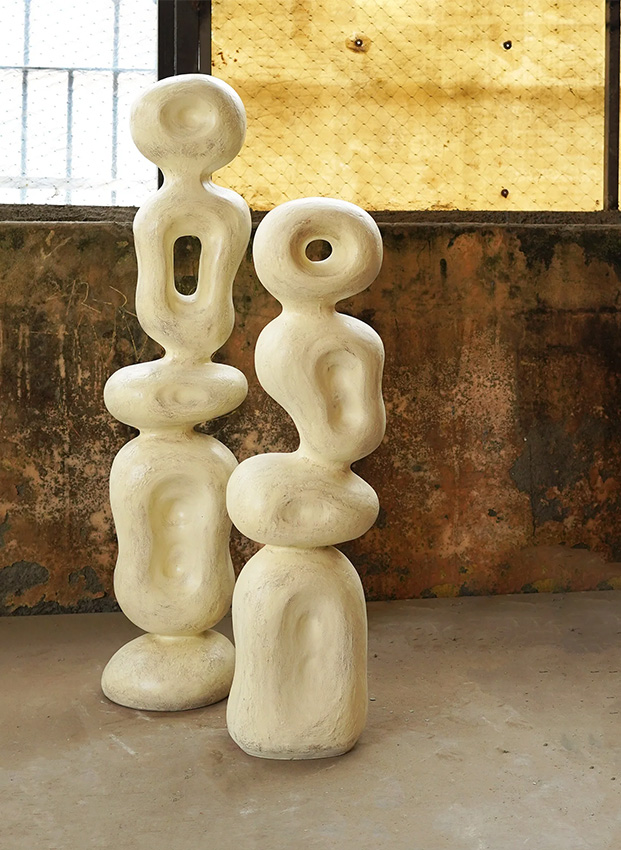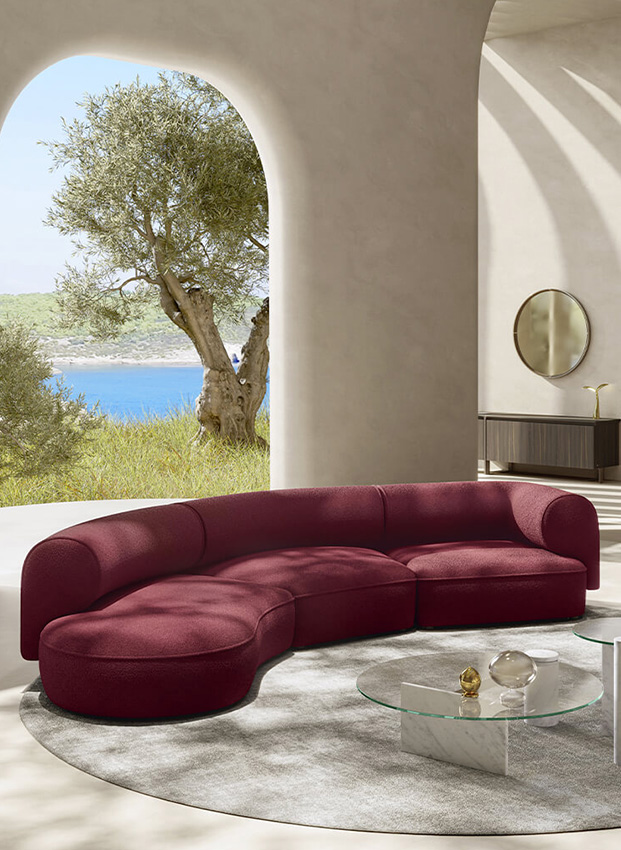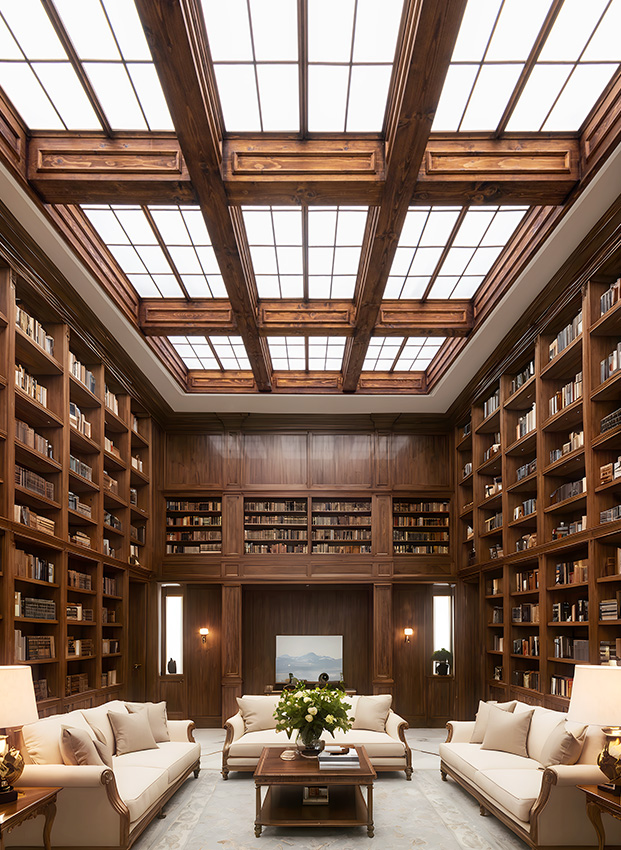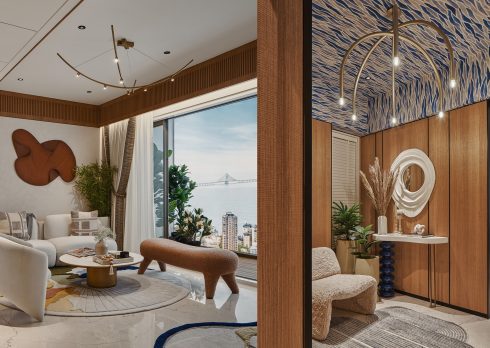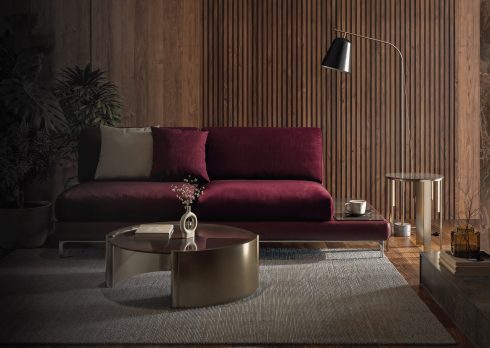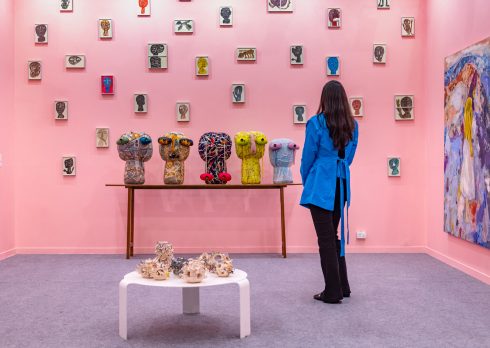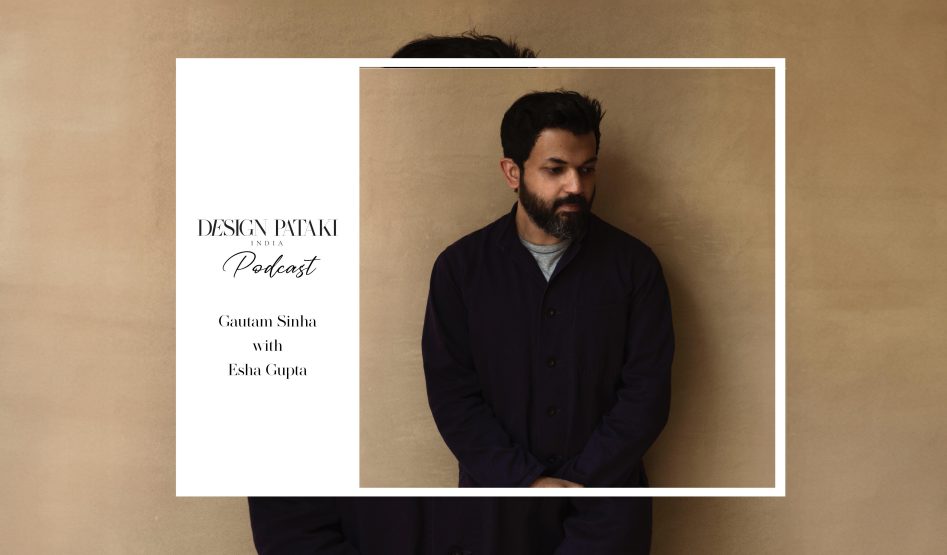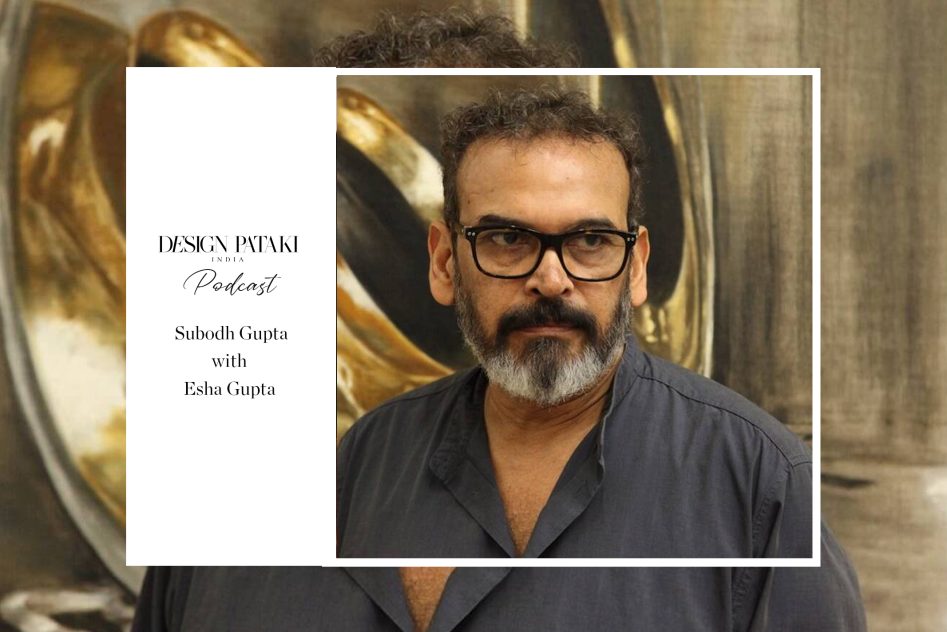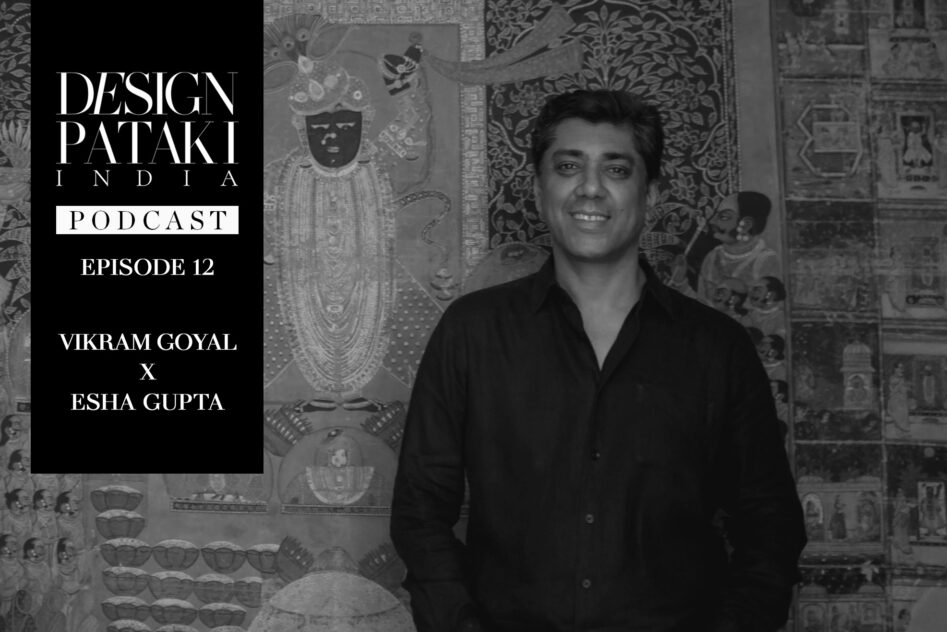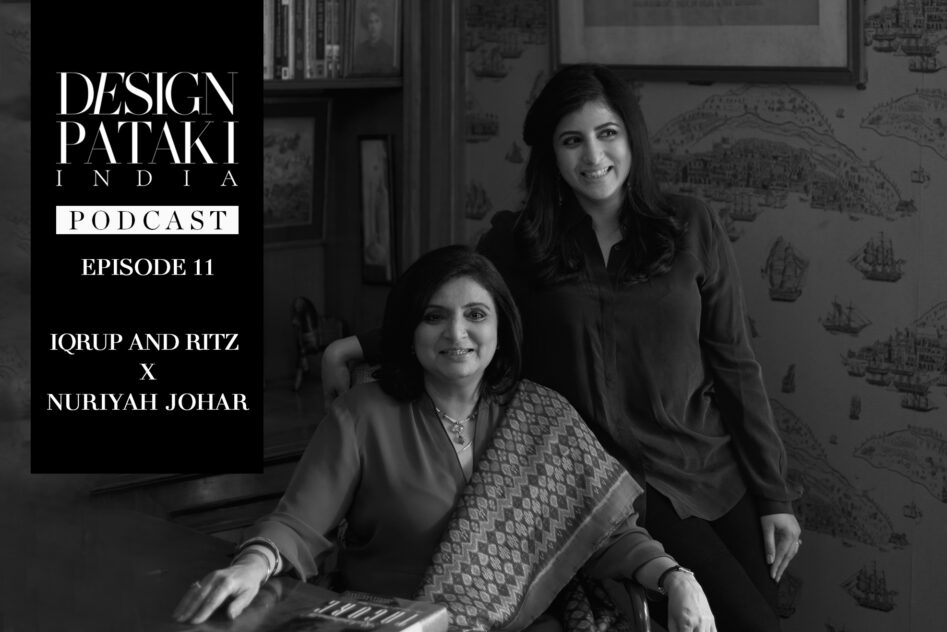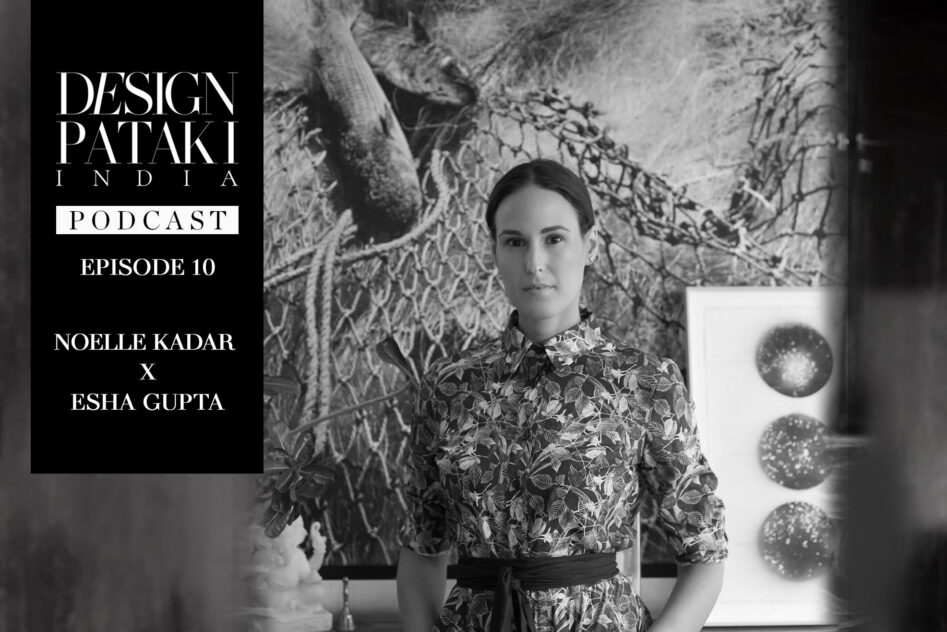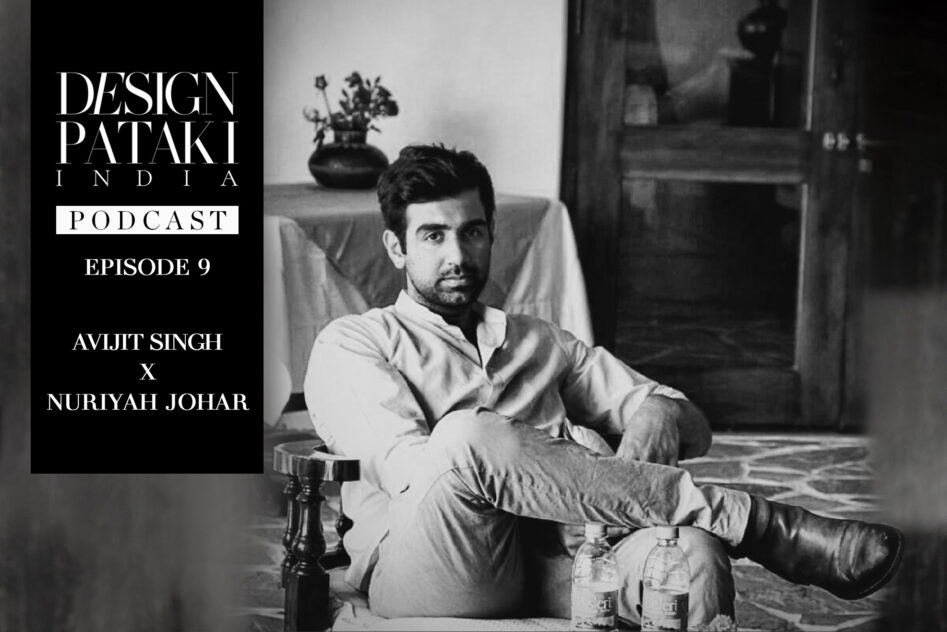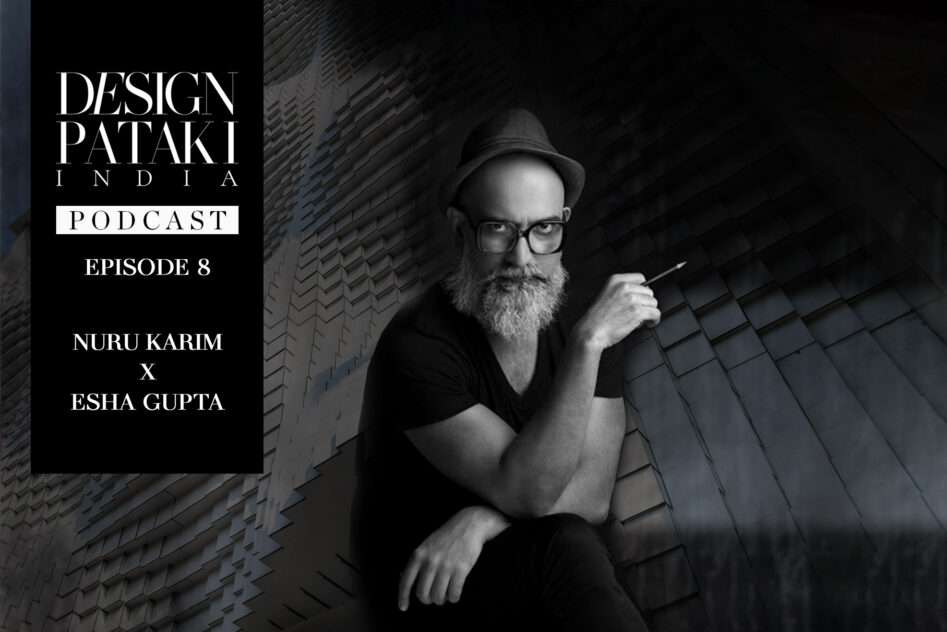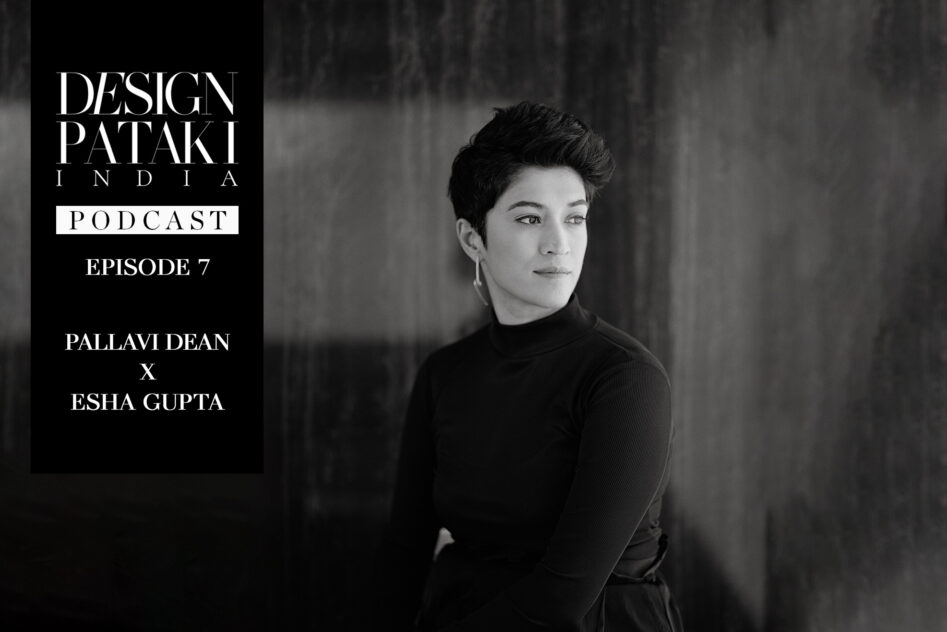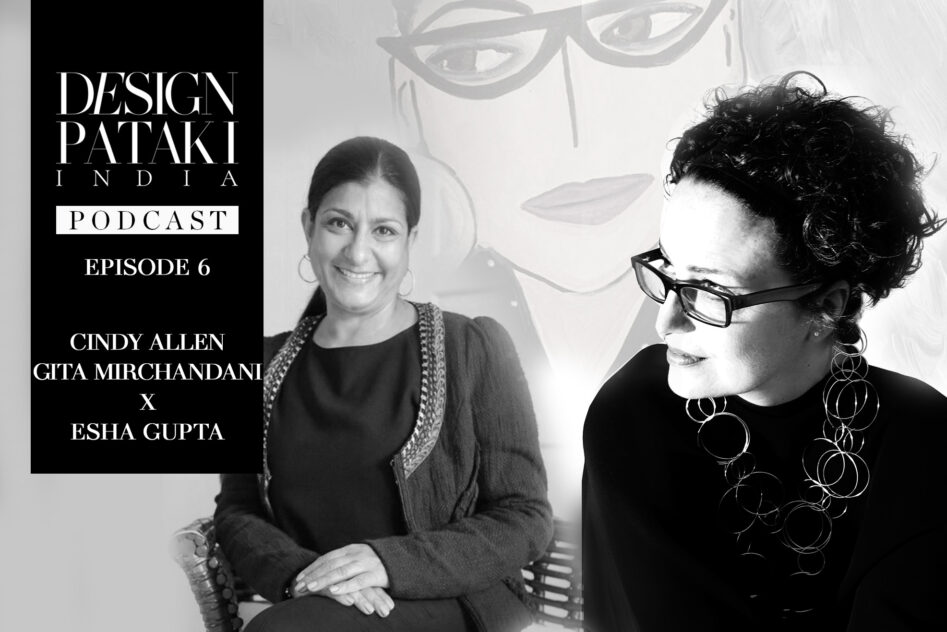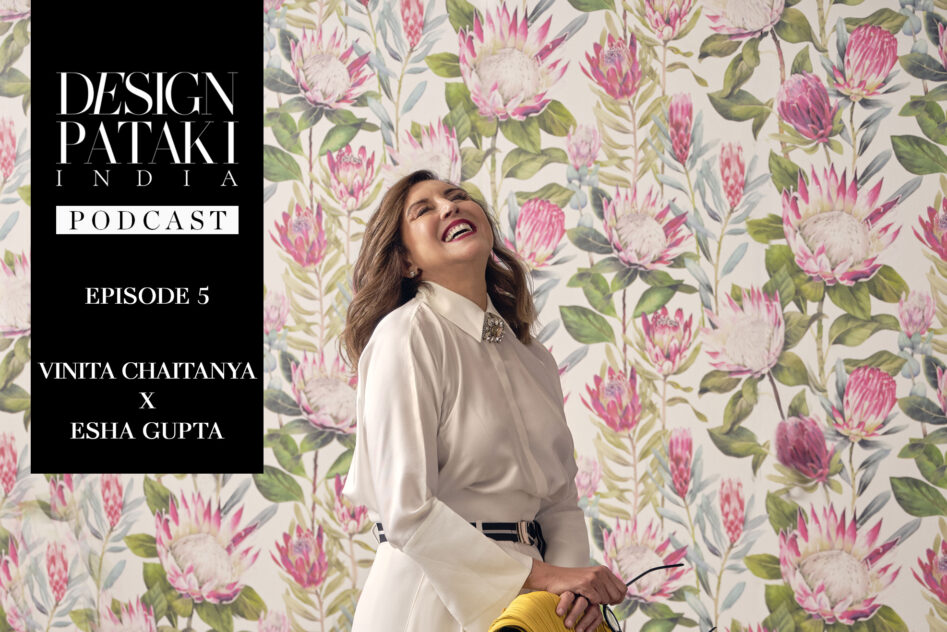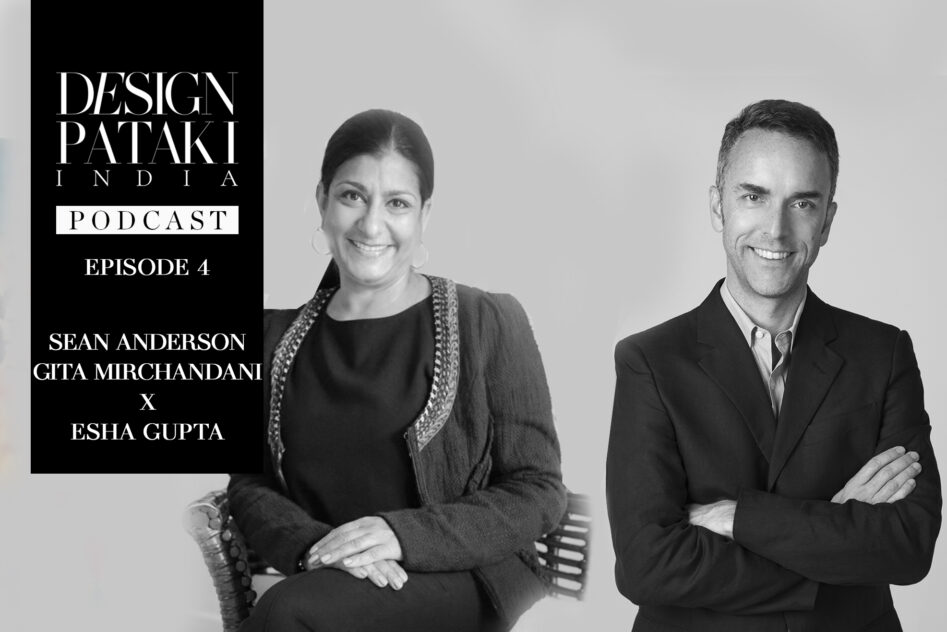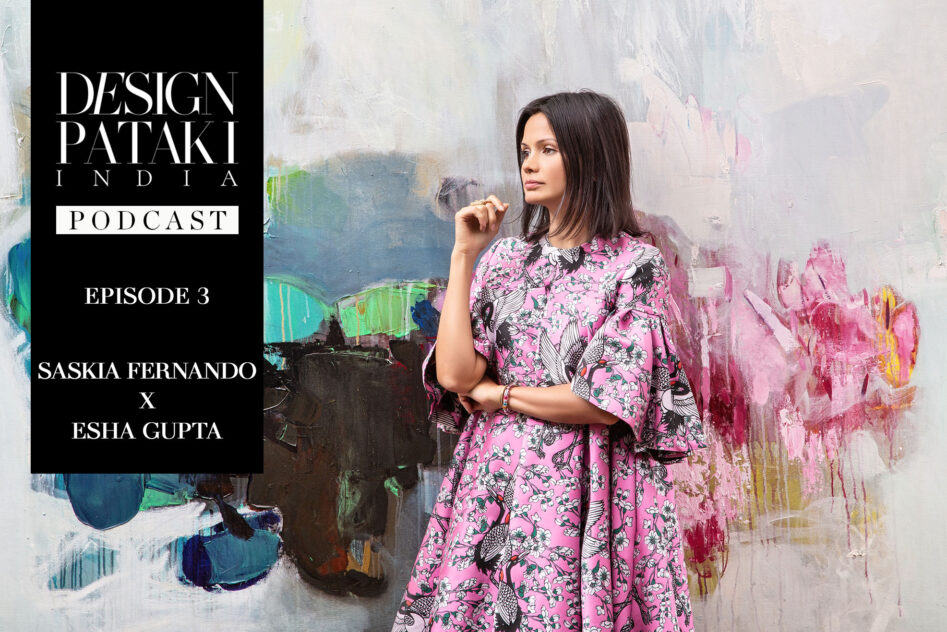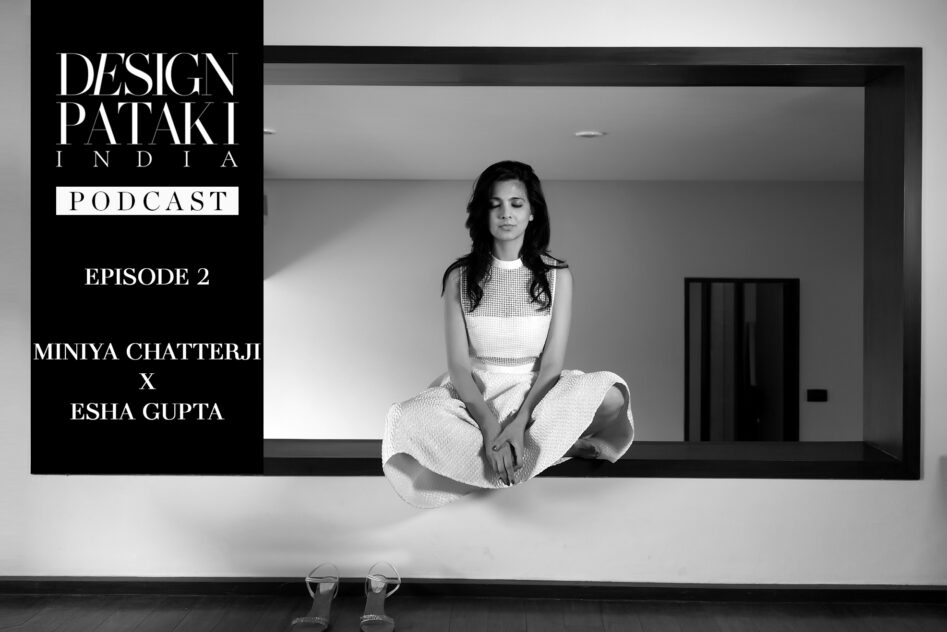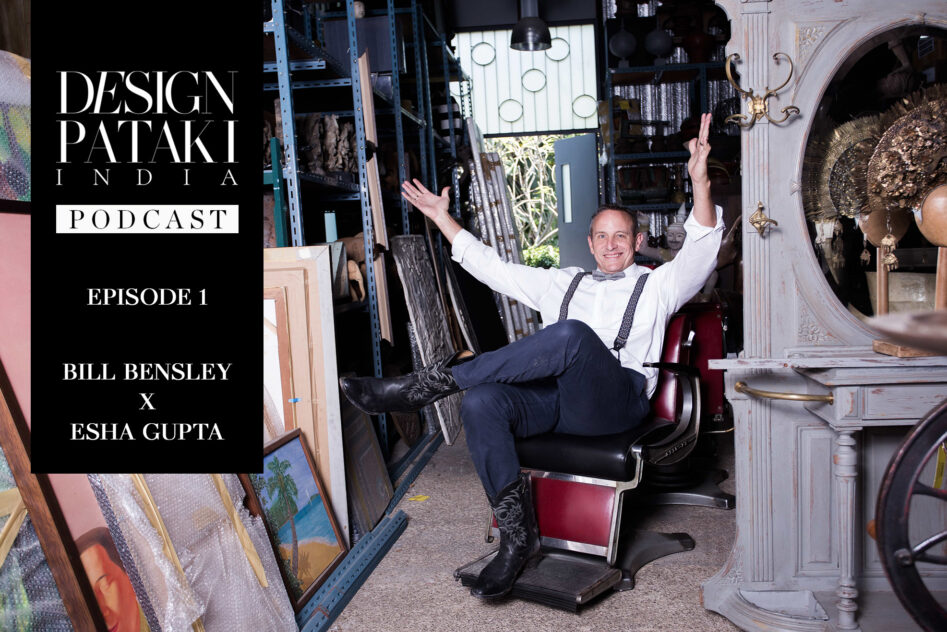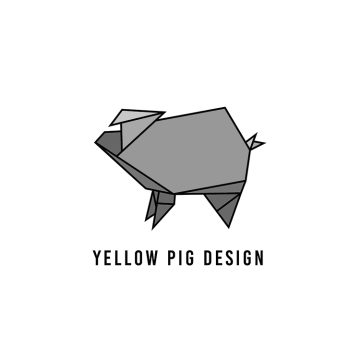Sourcing Secrets With 3 Designers Redefining Vernacular Luxury In Goa
In this edition of Sourcing Secrets, we explore the work of three architectural studios: Field Atelier, Grounded, and Studio Momo—who are redefining the Goan aesthetic with their distinct approaches to design.
- 11 Nov '24
- 2:54 pm by Virender Singh
Sourcing Secrets – a series in which Design Pataki brings you the hottest insider tips on shopping for décor and art while uncovering fascinating finds from across the globe.
Goan architecture is evolving as designers skillfully merge rustic, vernacular elements with refined, modern design, creating homes that balance the raw beauty of tradition with contemporary sophistication. For this edition of Sourcing Secrets, we spotlight three visionary studios leading this movement: Teja Amonkar’s Field Atelier, known for seamlessly interlacing artful design with local context; Anjali Mangalgiri’s Grounded, which champions sustainable luxury through a minimalist lens; and Meetu (Gurmeet) Akali’s Studio Momo, celebrated for crafting eco-sensitive, bespoke villas that blend contemporary sensibilities with heritage. The designers weave culture, context, and innovation to shape a new coastal aesthetic.
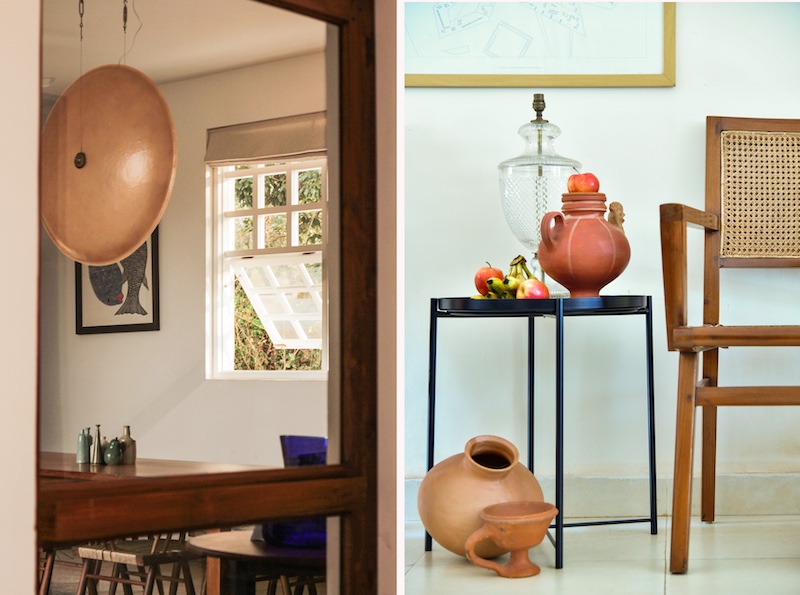
Design Pataki: What are your go-to studios or stores in Goa for discovering unique design finds?
Teja Amonkar: Our search for unique furniture often begins at Saudades in Sangolda, known for its mid-century colonial pieces and eclectic sculptures. For lighting, we collaborate with Sotohaus in Pilern, while Thomas The Potter in the Fontainhas quarter of Panaji is our go-to for discovering distinctive décor items.
Anjali Mangalgiri: I love treasure hunting at the Mapusa Market in Goa. From the iconic Goan rooster water jugs to piggy banks and pots, these pieces add a quintessential charm to our projects. Another favourite is the House of Azulejos, known for its hand-painted heritage tiles that bring a touch of old-world Portuguese elegance to Goan homes. For curated finds, I always turn to Sacha’s Shop because her impeccable design eye never disappoints.
Meetu Akali: I love shopping at Rangeela and Flame for unique finds, while the Karma Collection is my hidden gem in Goa for legacy textiles and artefacts. For furniture, JOSMO is always my top choice.
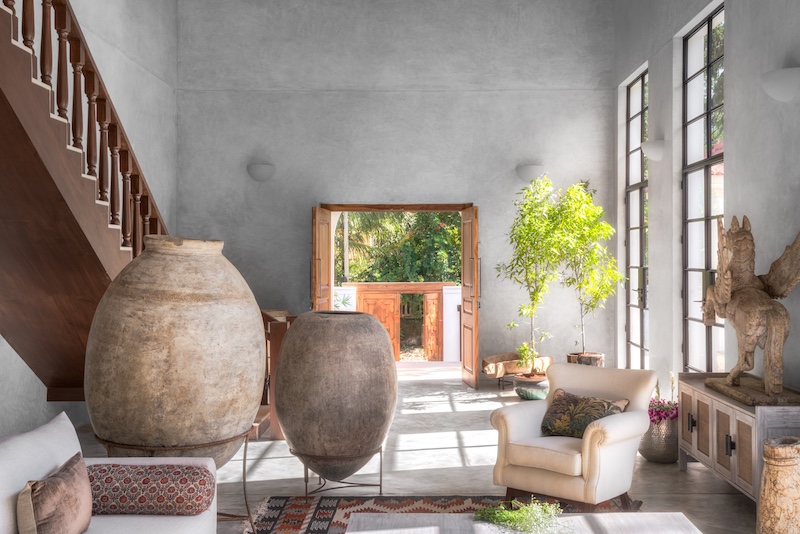
Design Pataki: How does curating décor for a private residence differ from a holiday villa?
Teja Amonkar: Our décor approach is generally understated, whether for a private residence or a rental villa. We avoid clutter and focus on accentuating the space’s materiality.
Anjali Mangalgiri: When we are designing a holiday villa, the main focus is that the furniture and artefacts must be low maintenance. A second home is not occupied all year round and Goa can get pretty damp during the monsoons. We use high-quality teak for its durability and natural resistance to pests, and often incorporate built-in furniture like beds, ‘balcaos’ and IPS-finished bathroom partitions in our projects.
Meetu Akali: In private residences, I enjoy working with rare mementoes that are timeless. For vacation homes, I prefer to incorporate fun Bohemian pieces that capture the seaside tropical vibe, especially in my Goa and Alibaug projects. I focus on locally sourced materials and finishes that are sturdy and easy to maintain.
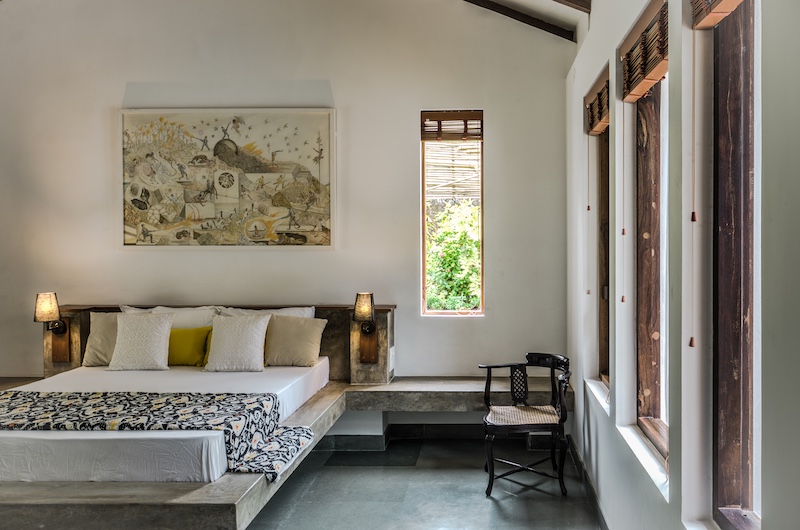
Design Pataki: Tell us about a piece you sourced with a fascinating story behind it.
Teja Amonkar: We love incorporating Gond art in our projects. Each painting comes with a story on the back—a fable from the artist’s imagination, adding depth and meaning to the piece.
Anjali Mangalgiri: For an ongoing villa project in Goa, we repurposed teak trees from the site to craft custom furniture, including a unique centre table designed for a family of four. Featuring a vintage letterpress design, it has individual compartments under a glass top for each member to store and display personal treasures—seeds, shells, and other special finds—making it an ever-evolving, deeply personal piece and an instant conversation starter.
Meetu Akali: I sourced a vintage wooden wedding cabinet with embedded mirrors from a reclamation yard in Gujarat and transformed it into a console table for the entrance foyer of a Goa project. Its intricate craftsmanship and storied past make it a captivating statement piece.
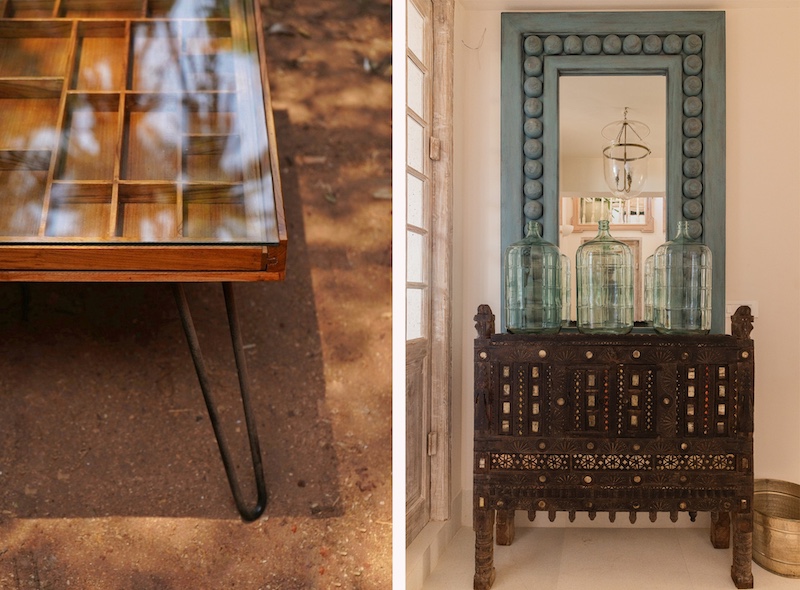
Design Pataki: How do you balance elements of contemporary living within vernacular architecture?
Teja Amonkar: Goan architecture, contrary to popular belief, is quite unostentatious, with fenestrations serving a functional purpose. The wooden roofs and lime-washed walls emanate a humble aura, forming a neutral canvas that effortlessly accommodates sophisticated living.
Anjali Mangalgiri: We blend indigenous elements with contemporary design to create homes that seamlessly fit into Goa’s village landscape while offering modern comforts. In the House with Three Pavilions, we reimagined the hallmark verandah, extending it to 55 feet for a bold feel, while the oversized ‘balcony’ seat offers a nouveau aesthetic. The interiors feature Kota stone floors, cement finishes, and curated heritage pieces like Chettinad columns, with natural light, breeze, and indoor-outdoor connections our clients seek in a Goan retreat.
Meetu Akali: Our architecture is deeply inspired by the vernacular, using locally sourced stone, reclaimed wood, and archetypal door and window elements. At Studio Momo, our planning draws from tropical Indian architecture, focusing on micro-climate, natural sunlight, and cross-ventilation. For interiors, we balance modern lifestyle needs with understated elegance, ensuring contemporary comfort within an ethnically rooted framework.
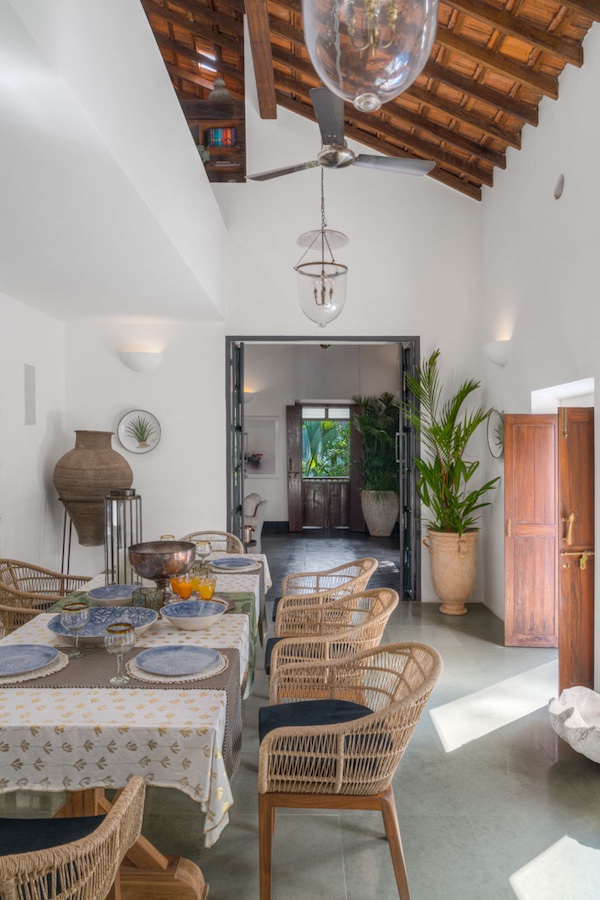
Design Pataki: How do you identify high-quality pieces among the many options available in Goa?
Teja Amonkar: To identify high-quality pieces among the many options in Goa, it’s crucial to assess the furniture’s tectonics first. A vintage table or cupboard crafted from a full plank of timber without joints adds significant value. Additionally, recognizing the type of wood used in the piece can further inform its quality and durability.
Anjali Mangalgiri: When selecting wood furniture, we prioritize quality by opting for teak, known for its moisture resistance and durability. We steer clear of Sheesham and mango wood as they tend to develop cracks over time. For cane furniture, we ensure the use of genuine woven cane rather than plastic alternatives. Additionally, we avoid pieces with metal legs when working with IPS floors to prevent scratches.
Meetu Akali: Over the years, I’ve honed my ability to distinguish high-quality pieces from the rest. Collaborating with skilled carpenters and collectors has deepened my understanding of various wood types. I’ve also gained valuable insights from my friend Ranji Kelekar, an interior stylist and collector based in Goa.
